

Great Minimum Viable Product Examples and Best Practices
Going big and going global is what lots of businesses want. Some spend lots of time, money, and brainpower building finished products full of great functionality but don’t realize that users may not even want them.
Scaling is a long process that requires plenty of experiments. The secret of product scale is a good start, which often means building a minimum viable product, or MVP. Many world-famous companies like Dropbox and Uber started as MVPs and made it big avoiding unnecessary costs and saving precious time. Today, they are great minimum viable product examples of how to validate a startup idea and create a product people love.
If you’re planning to launch a product but are still hesitating, our advice is this: 一 Don’t wait for the perfect product. Create an MVP. Why? Read this article to find out why MVP development is necessary for a business and how renowned companies have succeeded with MVPs.
Myth or fact? The truth behind MVPs
To understand what a minimum viable product really is, it’s essential to realize what it’s not. An MVP is a powerful tool only if used in the right way. So you don’t kill your startup before it’s even launched, let’s walk through common misconceptions that can drive your MVP in the wrong direction.
Myth #1: An MVP is a product, only a small one
Many times, startups get the wrong idea about what the goal of an MVP is. As a result, they invest time and effort in getting a half-baked product out the door sooner.
Fact: In reality, an MVP is not about the product at all. Eric Ries says that an “MVP is a process and not a product.” A minimum viable product is a learning tool. It’s a process of crafting the best solution to solve the problem of your target market, not an end product itself. An MVP in business is vital since you share an idea of what the product might be and test it on your audience.
Myth #2: An MVP is a product with more features than the competition
Some businesses believe that their MVPs should be full of functionality. They think that a large number of features will separate them from the competition.
Fact: You shouldn’t wait till your product is full and complete before you release it. Stick to limited functionality and test it. Multiple features take more time to develop, and you never know whether they’ll be a hit with users or go to waste. Eric Ries suggests building software that has 20% of the features that 80% of your customers will use. Remember that you aren’t building a great product; you’re getting customer feedback.
Myth #3: An MVP is a low-quality version of a product
A minimum viable product should indeed include a minimum set of features. But to deliver it faster, some businesses sacrifice quality.
Fact: In no way should an MVP be poor quality. An MVP should be a fully functional product, even though it may include only one feature. Who will want to use your platform if it’s full of bugs and crashes? Steve McConnell says “if you want to go fast, start with a quality focus.”
What is a real MVP?
Eric Ries gives a generally accepted MVP definition: “A minimum viable product is that version of a new product which allows a team to collect the maximum amount of validated learning about customers with the least effort.” With an MVP, you validate your idea, collect data, and learn.
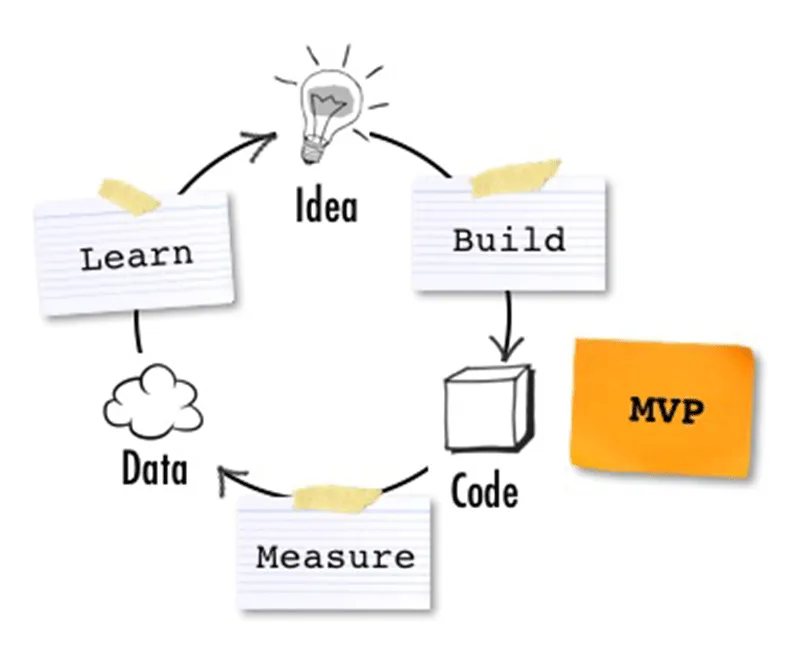
SOURCE: PUBLIC DOMAIN
An MVP has the following characteristics:
- Serves a particular audience
- Deals with one key issue
- Gives a better understanding of what to build so you spend less money on development
- Can be built quickly
Successful businesses that started as MVPs
MVPs are subjective. A minimum viable product looks different in every company. To choose your own path, let’s have a look at how famous companies succeeded with MVP development.
Zappos
Before Zappos became what it is today 一 the biggest online shoe store that generates more than $1 billion in revenue annually 一 Nick Swinmurn had just an assumption that people might want to buy shoes online. To check if people were interested, Nick went to local shoe stores and photographed every pair of shoes. He didn’t invest a great deal of money in shoes and a complex software project. Instead, Nick uploaded the pictures he had taken to a simple website to check his theory. Once someone clicked on the button to buy a pair, he went to the store, purchased them, shipped them, and handled payments. One person with one idea, and a great MVP got started at almost no cost.
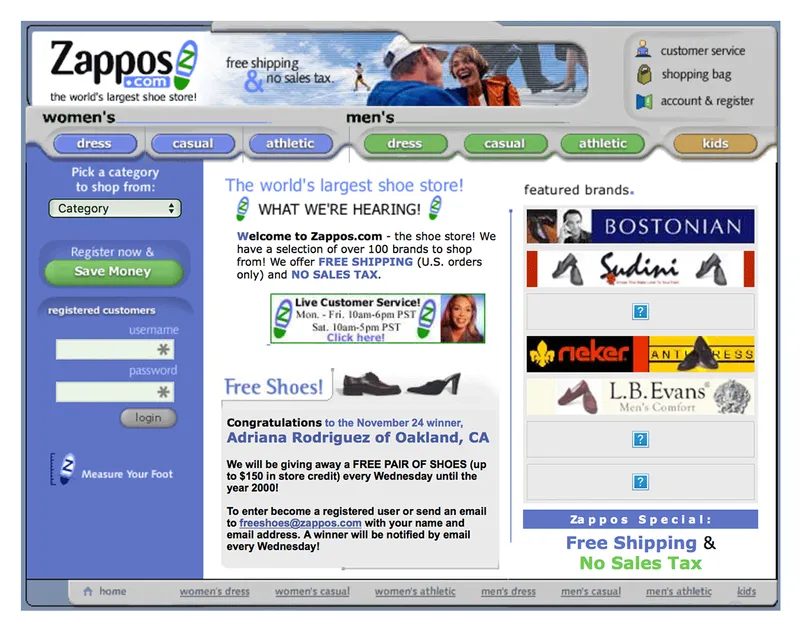
SOURCE: PUBLIC DOMAIN
Dropbox
Drew Houston and his team created Dropbox, a cloud storage service that works seamlessly across devices. Dropbox was no doubt great, and it offered a better solution to file synchronization. But how could Dropbox stand out in a crowd of competitors who had already won the hearts of users? The Dropbox team knew that once users had tried their service, they wouldn’t give it up. But there was another problem: How could they demonstrate the working software? Drew had a brilliant idea. He released a three-minute video that demonstrated synchronization with Dropbox. It wasn’t a simple demo; it was full of in-jokes to appeal to early adopters. Drew says this “drove hundreds of thousands of people to the website. Our beta waiting list went from 5,000 people to 75,000 people literally overnight. It totally blew us away.”
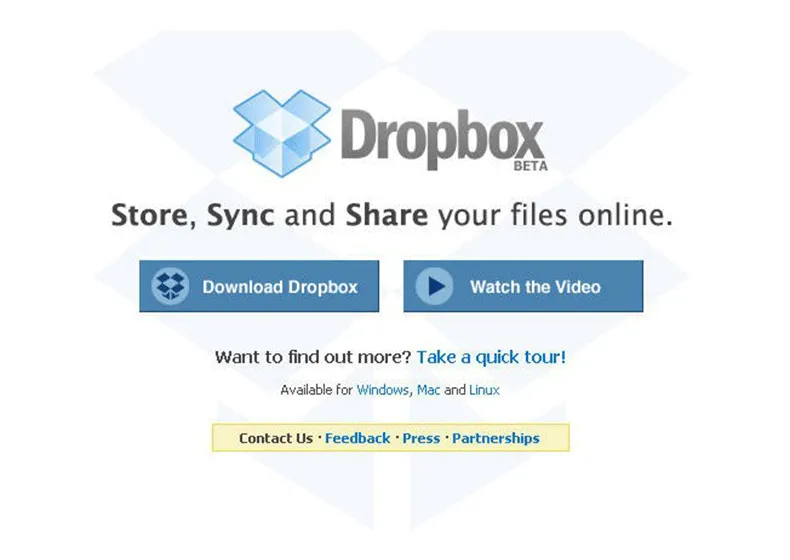
SOURCE: PUBLIC DOMAIN
Airbnb
Airbnb started off as a simple site launched by three founders who came up with the assumption that people wouldn’t be able to find a place to stay during the Industrial Design Society of America Conference in San Francisco in 2007. So they piled up all their beds in their small apartment and put up a simple ad about renting an air bed on a simple web page. Soon, they had three guests who wanted to share their apartment. Once they had proven that their idea wasn’t a waste of time and money, they started looking for how to redesign the platform. Today, Airbnb has 150 million users, 4 million listings, and is valued at $30 billion. It offers not only accomodation but provides users with lists of restaurants and events in destination cities along with feedback and ratings.
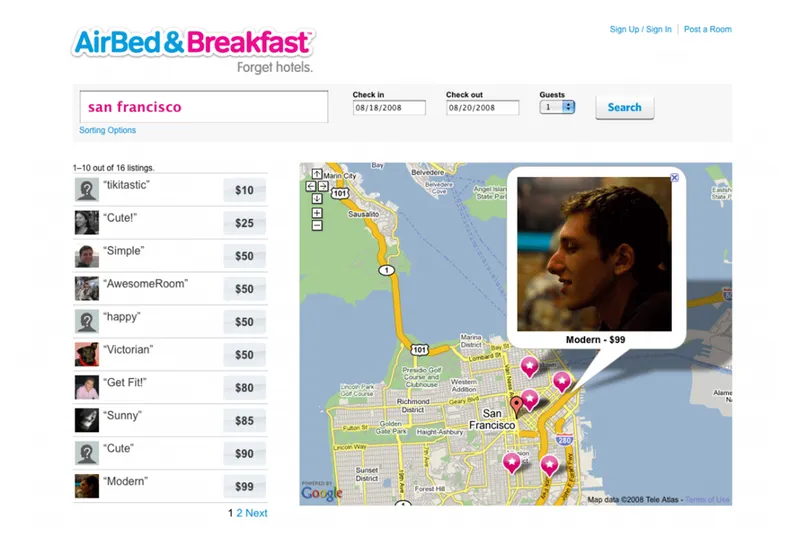
SOURCE: PUBLIC DOMAIN
Spotify
In the early 2000s, when media piracy sites like Napster and The Pirate Bay were all over the internet, it seemed impossible to survive with a new music streaming platform. But when Napster shut down, Daniel Ek 一 the co-founder of Spotify 一 saw a great opportunity to develop a new platform where users could get legal music instantly for a small fee. Daniel Ek and Martin Lorentzon built an MVP (an app) that did just one thing: streamed music. The first to try this application were family and friends. When Daniel and Martin saw their idea was a hit, they presented the application to a larger audience. Later on, when Spotify was accepted by users, they signed more artists and expanded to more countries. Today, Spotify is an on-demand service for music, podcasts, and video streaming that’s available in 79 countries and had 83 million paid subscribers as of June 2018.
Uber
It’s difficult to remember a time without Uber, which now has 42 million users. Back in 2010, when Uber was first introduced to iPhone users in San Francisco, the company had only just started on the path of turning into what it is today. In those days, Uber focused only on connecting users with cab drivers and making in-app payments. The application was known as UberCab and offered a simple user interface. Only when Travis Kalanick and Garrett Camp were certain that their idea would work for a bigger audience did they begin to work on a better product. Throughout the life cycle, Uber has expanded the functionality of the application to GPS, real-time tracking, ratings and reviews, ride sharing, fare splitting, multiple destinations, scheduled rides, and calendar shortcuts.

SOURCE: PUBLIC DOMAIN
Buffer
Buffer is another great story. Today, it’s one of the best MVP landing page examples. Joel Gascoigne, the founder of Buffer, had been using Twitter for quite some time when he figured out that the tweets he shared were gaining some popularity among his followers. That inspired him to tweet even more, but there was a problem: it was hard to tweet regularly. That was when Joel realized he could build a product to schedule tweets. He thought he wasn’t the only person who struggled with this. Joel decided to test whether people would like to use software to schedule their tweets, so he created a two-page website. But guess what? There was no product yet.
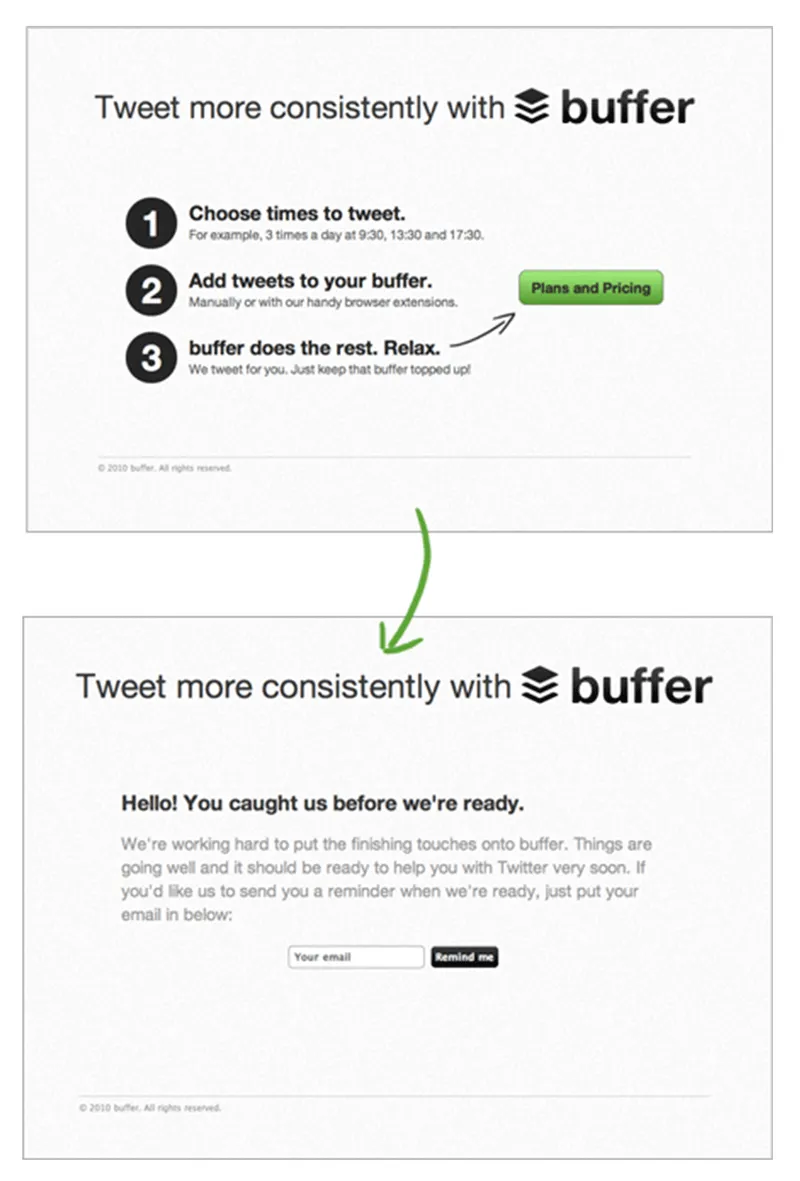
SOURCE: PUBLIC DOMAIN
Later on, Joel decided to check whether people would ever pay for such a product and added a page with pricing. Once he found out that people were interested, he hesitated no more and went on to build the real product.
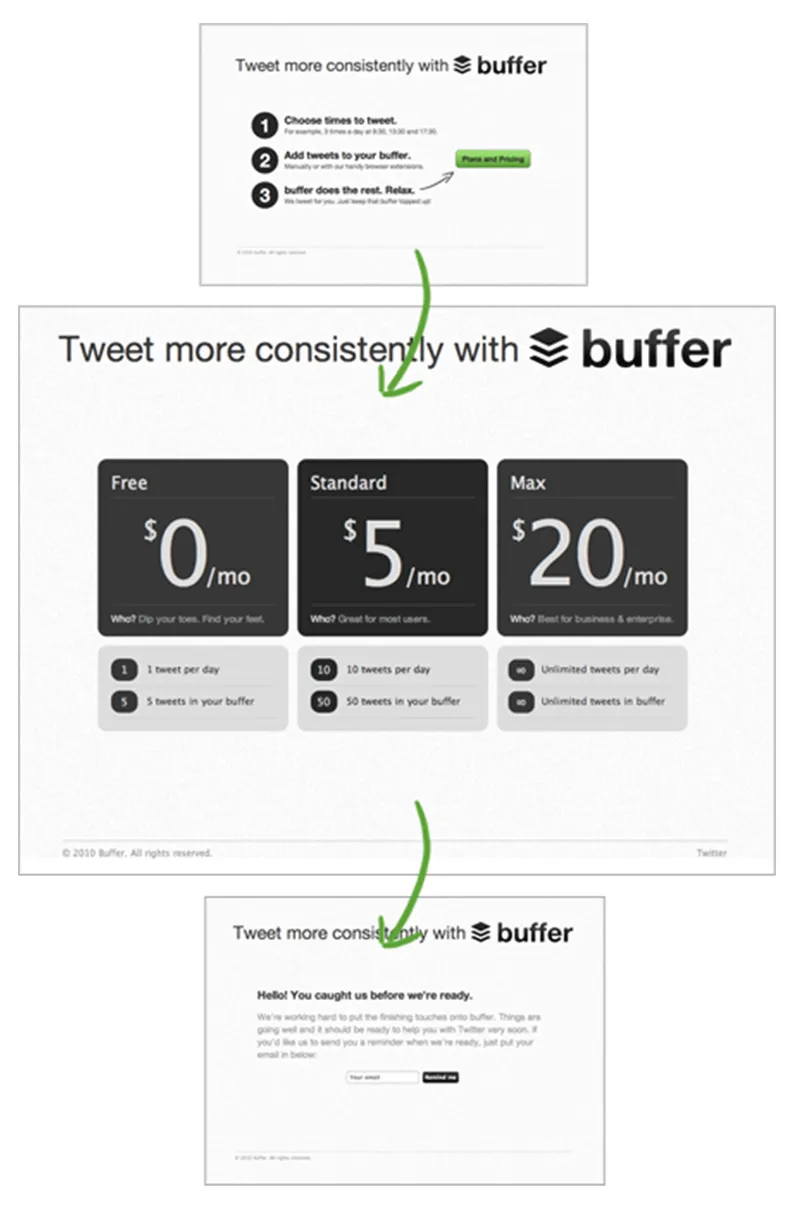
SOURCE: PUBLIC DOMAIN
Four software developers at podcasting company Odeo 一 Jack Dorsey, Evan Williams, Biz Stone, and Noah Glass 一 were searching for ways to turn around a dying business. Jack came up with an idea of communicating up-to-date statuses via an SMS service. Biz Stone suggested the name of the project as Twttr, and they started working on a product that offered one core function 一 posting status updates through SMS. At first, Twttr was designed for internal use by Odeo employees. It gained acceptance, but there was a problem 一 employees where spending quite a lot on SMS messages. This prompted the founders to launch Twitter for a larger market, and in a few months they let users access the application through a web interface instead of SMS. It experienced growing popularity and got 20,000 tweets published daily. Today, Twitter is a billion-dollar social network with 330 million monthly active users.
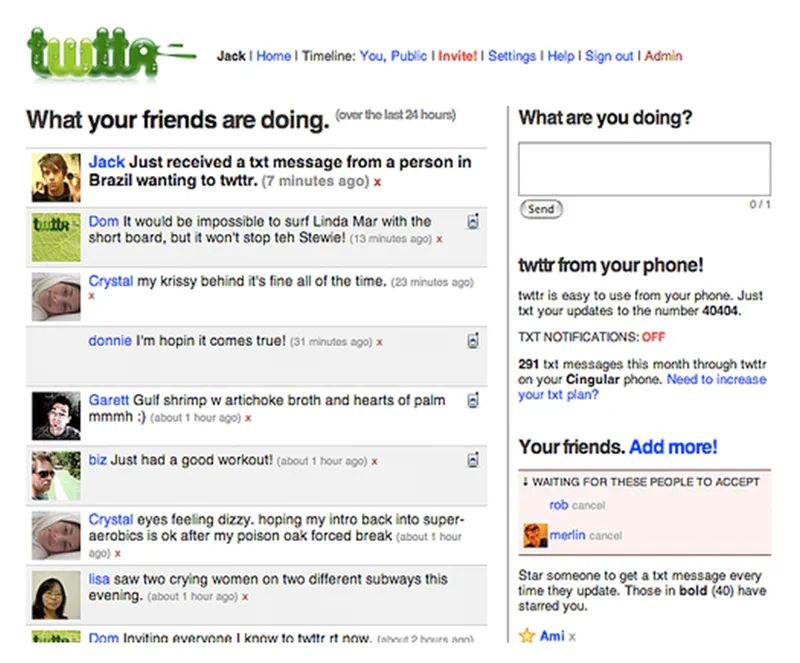
SOURCE: PUBLIC DOMAIN
Product Hunt
Ryan Hoover’s love for products pushed him to make a service for sharing and discovering them. But Ryan wasn’t a software engineer and didn’t want to spend weeks building a platform not knowing whether people would ever want it. So he started his business as an email list on Linkydink. He wrote a blog post announcing his project and shared it among his network. Within a few days, Ryan got positive feedback, which encouraged him to take the idea further. Ryan contacted his friend Nathan, who helped him create a wireframe. They decide to share it with fifty people in the technology sector to receive some feedback. This is how Product Hunt started the journey to becoming a million-user platform.
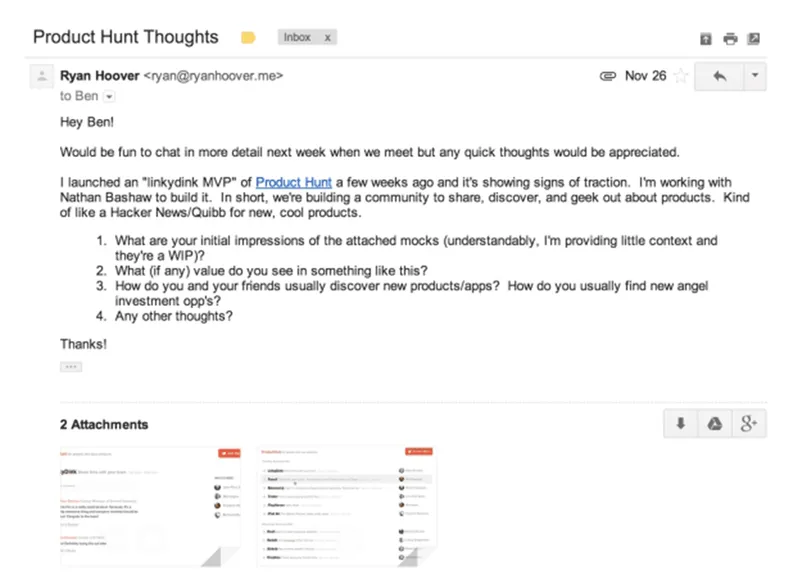
SOURCE: FASTCOMPANY.COM
MVP development at Steelkiwi
When it comes to MVP software development, we do thorough research on a client’s idea, customer needs, and marketplace offerings so that we can work out the best software solution. We don’t rush into building functionality; instead, we first seek to understand what problems our clients want to solve with their software solutions and what they want to offer their target audiences. We also research the competition to identify market opportunities and explore how we can meet customers’ needs and expectations and provide solutions to their pain points.
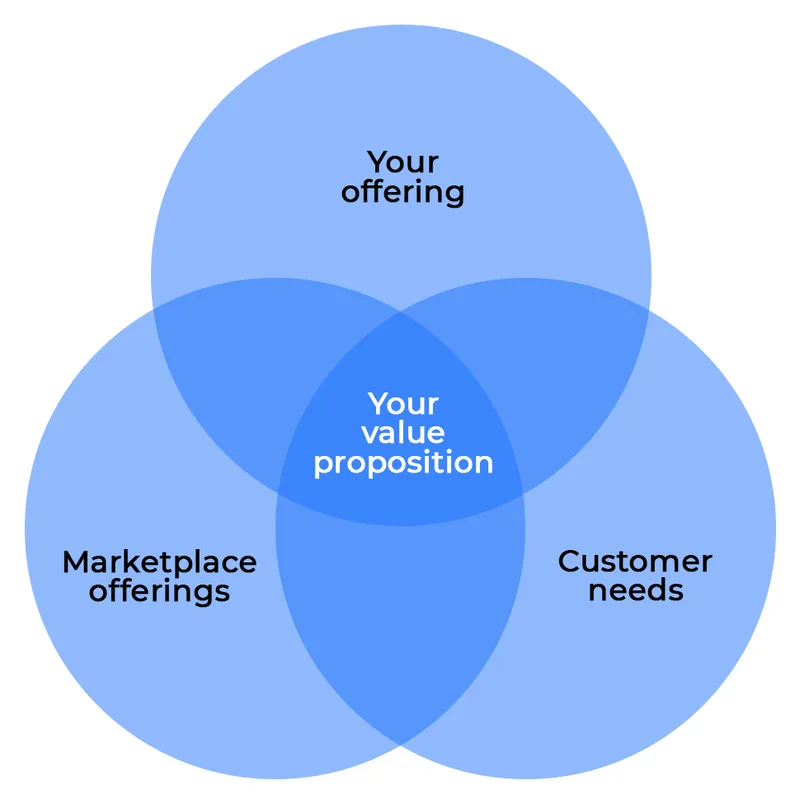
SOURCE: MOBTIMIZERS.COM
Getting started with an MVP gives businesses a great opportunity to save precious time, brainpower, and resources and be on the right path from the outset. This strategy has been proven with years of experience. Below, you can see some of the solutions we’ve built that took the MVP approach.
Your Living-room Trainer
Kathryn Tracy assumed that people might want to exercise with a certified trainer or coach without leaving their homes. To test this idea, Kathryn did research. She visited gyms and gathered feedback from trainers and fitness-minded people thus validating her proof of concept. So Kathryn asked us to make an MVP for an online training platform. The main goal of this MVP was to get feedback from early adopters and find out what we got right and what needed improvement.
We created a simple user flow from user registration to online payments and implemented it in our MVP. The user flow looks as follows: registration ➝ creating a profile ➝ search ➝ booking ➝ payment.
The functionality we decided to implement included:
- Registration with the ability to attach documents to prove trainers’ credentials
- Personal profiles
- Search
- Video sessions
- Scheduling
- Notifications
- On-platform payments
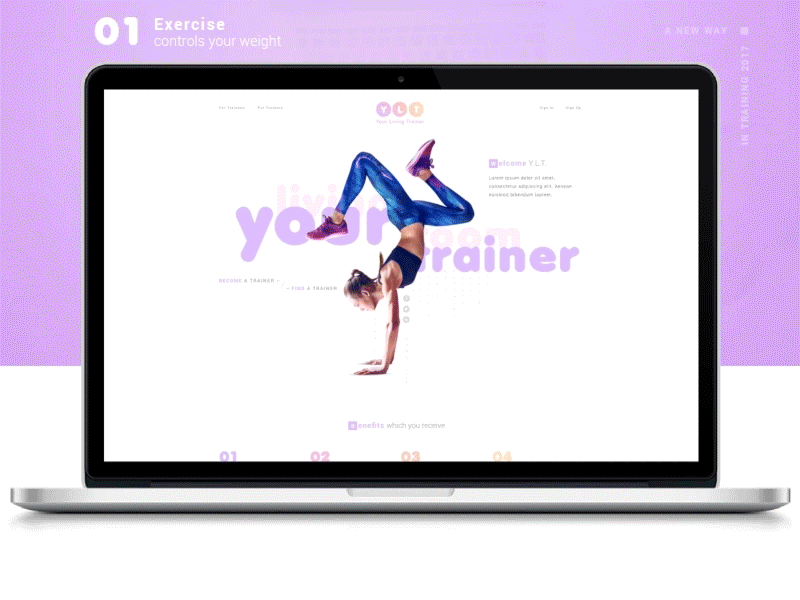
SOURCE: DRIBBBLE.COM BY STAS CHERNYSHOV
NightApp
Having lived in Kyiv for four years, Yannig le Bars came up with the idea of building a heatmap of nightlife in Kyiv and Paris. To validate this idea, Yannig asked us to build an MVP that included only one core feature: a live heatmap of Kyiv. Users could view the attendance and descriptions of party spots in Kyiv in a panoramic view, and admins could add new places and content via an admin panel. Once the concept was proven and the application had captured the audience’s attention, we went on developing other features, such as dynamic filters to find relevant places based on a user’s location, registration, and user profiles. NightApp also spilled over to some French cities and was made available in Ukrainian, French, and Russian.
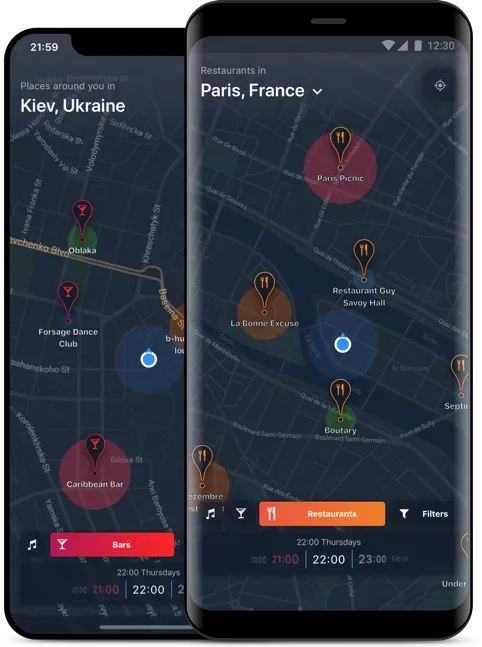
SOURCE: LE-MUST.COM
The last word
You can develop an end product and hope that it’ll be a hit on the market. Or you can build an MVP to smartly validate market demand for your product and thus avoid mistakes, analyze user behavior, and learn user preferences.
If you’re interested in developing your MVP or have any other questions on how to build a minimum viable product the right way, I am here to help. Don’t hesitate to get in touch with our team. We’ll make your MVP idea a reality. You’re also welcome to visit our projects page to see what we’ve crafted so far.




